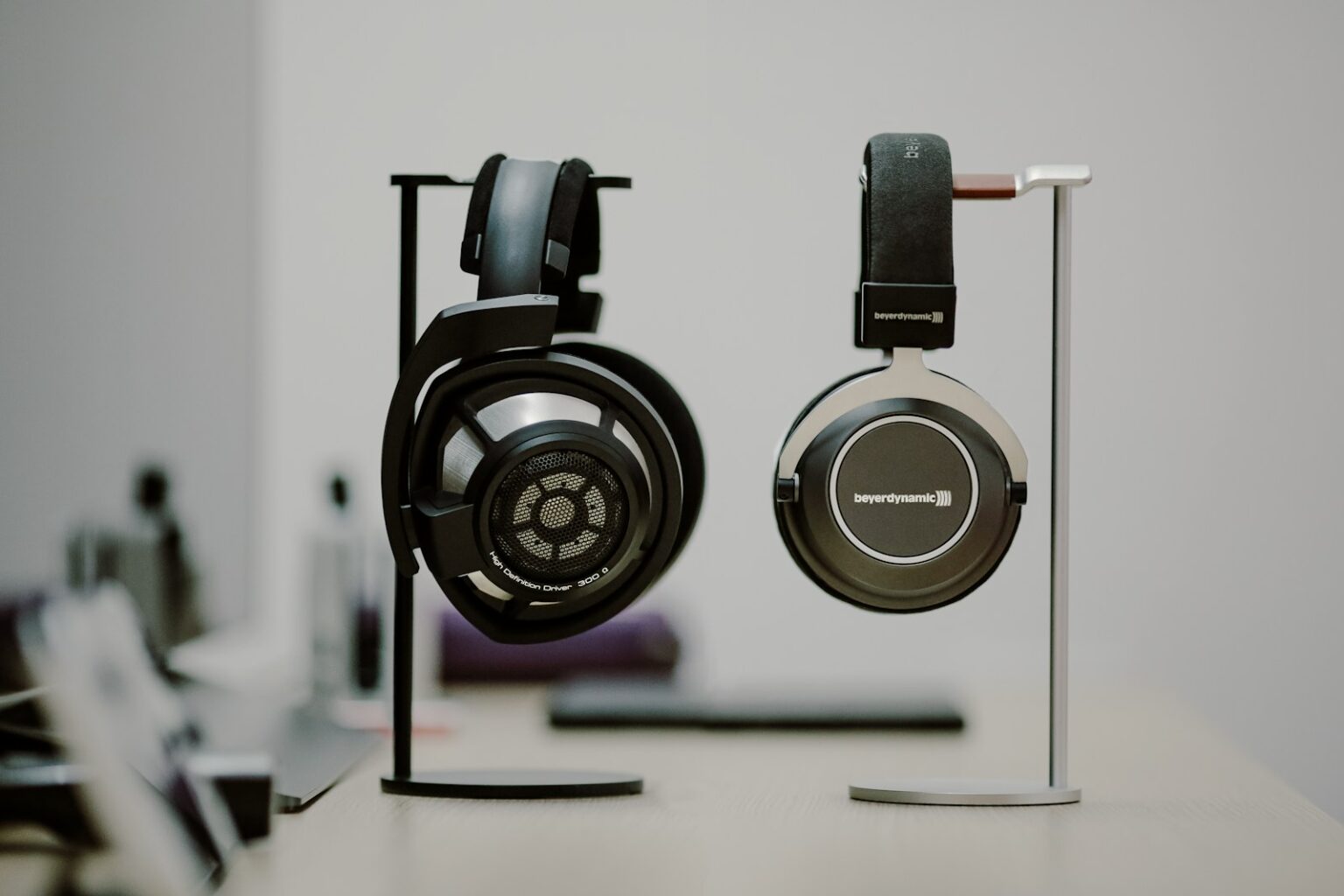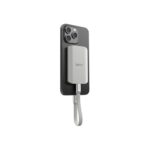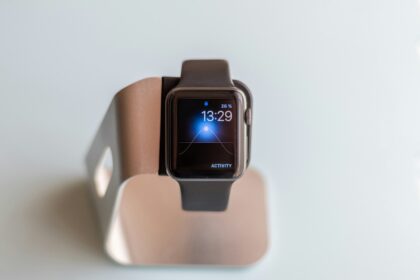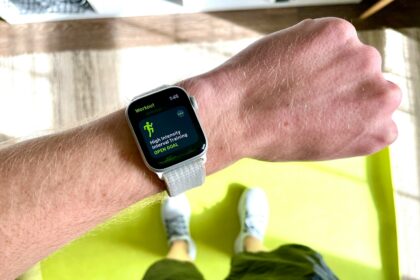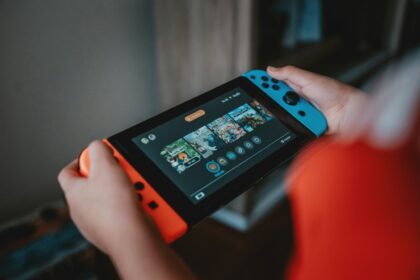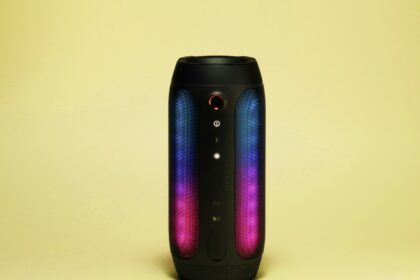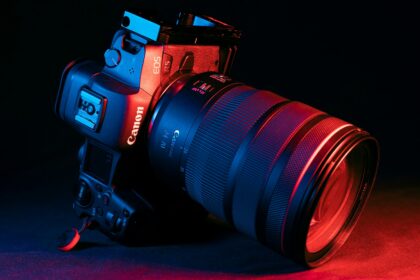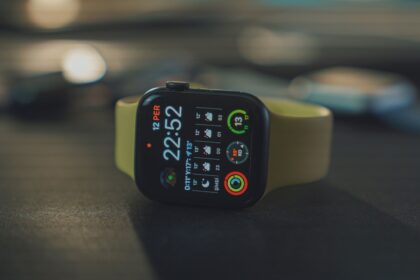Sennheiser just dropped a game-changer for serious music lovers. The new HDB 630 headphones promise to bring true audiophile sound quality to wireless listening. These aren’t just another pair of Bluetooth headphones – they’re designed to deliver the same precision you’d expect from high-end wired models.
The perfect blend of wired and wireless worlds
The HDB 630 represents Sennheiser’s first wireless entry into their legendary HD series. This is significant because the HD line has been the gold standard for audiophiles for decades. The company took everything they learned from creating reference-quality wired headphones and packed it into a portable, wireless package.
The headphones feature custom 42mm dynamic drivers built at Sennheiser’s facility in Tullamore, Ireland. These aren’t mass-produced components – they’re specially tuned for what Sennheiser calls “pure audiophile precision”. The result is sound that stays true to how recordings were meant to be heard in the studio.
“We set out to deliver a compelling option for audiophiles who want to keep the same level of quality they’re used to with their wired headphones while enabling them to enjoy it everywhere”, said Wee Hong Kuan, Sennheiser’s Senior Product Manager.
Hi-res audio without compromise
The HDB 630 supports true high-resolution audio up to 24-bit/96kHz. You can achieve this quality both wired and wirelessly. When connected via USB-C or the included 3.5mm cable, you get uncompressed audio that rivals dedicated DACs and amplifiers.
For wireless listening, the headphones use Bluetooth 5.2 with aptX Adaptive codec support. This technology provides much higher quality than standard Bluetooth audio. However, Sennheiser recognized a problem – most smartphones don’t support these advanced codecs natively.
The solution is brilliant. Sennheiser includes a BTD 700 USB-C transmitter dongle in the box. This tiny device instantly upgrades any phone, tablet, or laptop to support high-resolution wireless audio. According to Sennheiser, only 16% of smartphones support aptX Adaptive natively, but the included dongle brings this capability to 80% of devices.
Battery life that goes the distance
The HDB 630 delivers an impressive 60 hours of playback on a single charge. This includes having active noise cancellation turned on. When you disable ANC and use standard codecs instead of hi-res ones, you can push battery life even higher.
Fast charging is equally impressive. Just 10 minutes of charging provides 7 hours of listening time. This means you’ll rarely be caught without music, even if you forget to charge overnight. For comparison, many competing headphones offer 20-30 hours of battery life at best.
The long battery life doesn’t come at the expense of features. The headphones include adaptive noise cancellation that automatically adjusts to your environment. Whether you’re on a plane, train, or busy street, the ANC system optimizes itself for maximum effectiveness.
Advanced sound customization tools
Sennheiser developed completely new software features for the HDB 630. The Smart Control Plus app includes a professional-grade parametric equalizer. This goes far beyond the simple bass and treble adjustments found in most headphone apps.
The parametric EQ lets you adjust specific frequencies with precision controls for gain, bandwidth, and filter type. You can make surgical adjustments to the sound signature and compare settings with an A/B toggle. These aren’t just app-based effects – the settings are actually applied to the headphone’s internal processing system.
A particularly interesting feature is Crossfeed, inspired by Sennheiser’s flagship HE 1 headphones that cost $59,000. Crossfeed blends the left and right channels slightly to create a more natural, speaker-like presentation. This helps with older recordings that have extreme stereo separation that can be fatiguing on headphones.
“Soon, you’ll be able to share your presets via QR code, opening new ways to swap tunings with your fellow audiophiles”, according to Sennheiser’s promotional materials.
Premium comfort and build quality
The HDB 630 uses the same chassis as the popular Momentum 4 headphones. This proven design offers excellent comfort for long listening sessions. The ear cushions are made from Japanese Protein Leatherette, which feels soft against the skin and remains comfortable for hours.
Weight distribution is carefully balanced to avoid pressure points. At approximately 294 grams, the HDB 630 is light enough for all-day wear. The adjustable headband uses premium materials that flex without creaking or wearing out over time.
The closed-back design provides natural isolation even without active noise cancellation. Combined with the ANC system, these headphones create an excellent environment for focused listening. Built-in microphones handle phone calls and voice assistant interactions with clarity.
How it stacks against the competition
The HDB 630 enters a competitive market dominated by Sony’s WH-1000XM6. Sony’s flagship offers excellent noise cancellation and 30-hour battery life for around $400. However, the Sony headphones focus more on convenience features than pure audio quality.
Bowers & Wilkins Px7 S3 and Px8 represent another tier of competition. These British-made headphones emphasize audiophile sound quality but cost significantly more than the HDB 630. The Px8 in particular retails for over $700, making the Sennheiser look like a relative bargain.
The $499.95 price point positions the HDB 630 as a premium option without reaching ultra-luxury territory. This is $150 more than the current Momentum 4 pricing, but the additional features and improved audio quality justify the premium.
“The aim for the HDB 630 is not just to deliver a higher-resolution sound quality for audiophiles on the move – we are promised twice the resolution of the five-star Momentum 4”, according to What Hi-Fi’s early coverage.
The included BTD 700 dongle adds serious value
The BTD 700 transmitter alone costs $59.95 when purchased separately. Having it included with the HDB 630 adds significant value to the package. This tiny dongle weighs just 2.2 grams and measures only 24mm long.
Beyond enabling hi-res audio on any device, the BTD 700 offers other useful features. Game Mode reduces latency to just 30 milliseconds, making it perfect for gaming or watching videos without audio sync issues. Auracast support lets you broadcast audio to multiple compatible devices simultaneously.
The dongle works with practically any USB-equipped device. An included USB-A adapter ensures compatibility with older computers and devices. The plug-and-play design requires no drivers or complex setup procedures.
Audiophile tuning philosophy
Sennheiser’s acoustic engineers focused on natural, balanced sound rather than artificial excitement. The frequency response emphasizes smooth midrange reproduction and controlled treble that avoids harshness. Bass is extended and controlled without overwhelming other frequencies.
“The aim of this tuning was to let audiophiles on the move enjoy balanced sound with extended yet controlled bass”, explained Tobias Ritter, Sennheiser’s Acoustic Engineer for the HDB 630. “Whether plugging in or checking in, you always get a front-row seat to the emotional content in a recording, down to the last detail.”
This tuning philosophy contrasts with many consumer headphones that boost bass and treble for immediate impact. The HDB 630 prioritizes long-term listening enjoyment over initial wow factor. This approach should appeal to serious music listeners who want to hear recordings as artists and engineers intended.
What’s in the box
Sennheiser includes everything needed for immediate use. Along with the headphones and BTD 700 dongle, you get a hard-shell travel case for protection during transport. Both USB-C and 3.5mm audio cables are included for wired listening.
An airline adapter lets you connect to airplane entertainment systems. This attention to travel details shows Sennheiser understands their target audience values convenience alongside audio quality. The package covers both home listening and mobile use scenarios comprehensively.
The travel case is particularly well-designed. It provides protection without being bulky or heavy. The case includes dedicated storage for cables and the BTD 700 dongle, preventing small items from getting lost during travel.
Market positioning and availability
The HDB 630 launched for pre-order on October 8, 2025, with shipping beginning October 21st. Pricing is consistent globally at $499.95 USD, £399.90 GBP, and €499.90 EUR. This puts the headphones in premium territory without reaching ultra-luxury pricing.
The wireless audiophile headphone market is experiencing significant growth. Analysts project the audiophile-grade wireless segment will grow at 15% annually through 2033. Rising disposable incomes and better Bluetooth technology are driving this expansion.
Sennheiser’s entry comes at an ideal time. More consumers want high-quality audio but don’t want to sacrifice wireless convenience. The HDB 630 addresses this demand directly with professional-grade audio in a consumer-friendly package.
The bottom line for buyers
The HDB 630 represents Sennheiser’s most ambitious wireless headphone project to date. By combining their HD-series acoustic expertise with modern wireless technology, they’ve created something genuinely different in the market.
The $500 price point isn’t cheap, but it’s reasonable for what you get. The included BTD 700 dongle alone adds significant value, while the 60-hour battery life and premium build quality justify the premium. For serious music listeners who want audiophile quality without cables, the HDB 630 looks like an excellent choice.
“Out of the box, the HDB 630 brings a truly unique combination of fidelity and customization”, summarizes Sennheiser’s positioning. Whether this proves true in real-world use will depend on how well the wireless technology maintains the audio quality Sennheiser promises.


